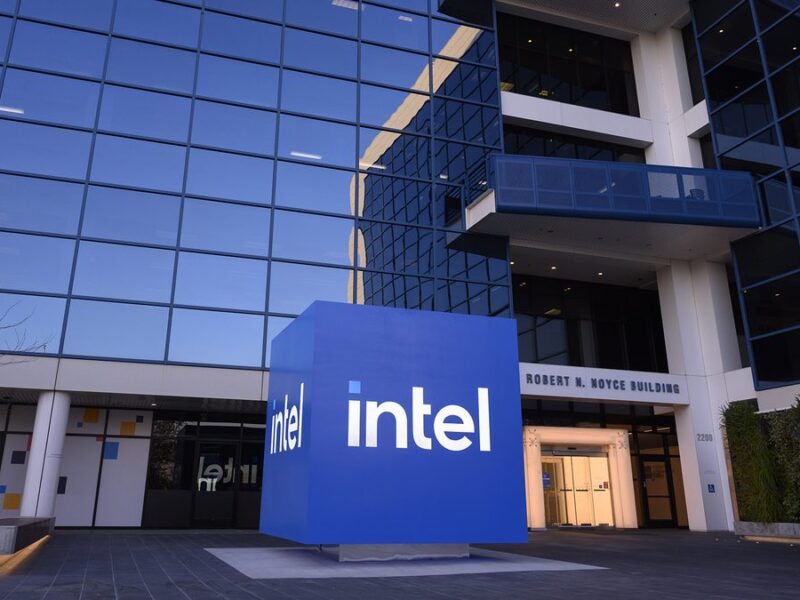Analyst Ming-Chi Kuo released an updated roadmap forecast for Apple’s headset and smart glasses markets, identifying at least seven head-worn devices in development across two product families, with initial products anticipated in 2025.
Kuo’s assessment indicates Apple views head-mounted devices as a significant future trend in consumer electronics. The company is actively developing seven projects, specifically three within the Vision series and four smart glasses variants. Of these seven projects, five have defined development timelines, while the remaining two do not yet have confirmed schedules.
An updated M5 Vision Pro version is projected to commence mass production during the third quarter of 2025. Kuo stated that other specifications for this model will remain unchanged. Shipments for this M5 Vision Pro are estimated to range between 150,000 and 200,000 units by the conclusion of 2025.
Apple Vision Series and Smart Glasses Roadmap (2025–2028): Smart Glasses Set to Drive the Next Wave in Consumer Electronics
Full story: https://t.co/41Moxlj1Ai pic.twitter.com/U2nQhBmEYg
— 郭明錤 (Ming-Chi Kuo) (@mingchikuo) June 29, 2025
The Apple Vision Air, a more economical alternative to the original Vision Pro, is projected to enter mass production in the third quarter of 2027. This device is designed to weigh 40% less than the initial Vision Pro model. Its construction will utilize plastic and a magnesium alloy, departing from the glass and titanium alloy materials of its predecessor. The Vision Air will incorporate a “highest-end” iPhone processor and feature a reduced number of sensors.
A second-generation Vision Pro is anticipated to enter mass production in the second half of 2028. This iteration is expected to feature a new design and incorporate a “Mac-class” processor. It is also projected to be more affordable and substantially lighter than the first-generation Vision Pro.
Apple’s initial smart glasses offering is expected to commence mass production in the second quarter of 2027. Kuo estimates that 3 to 5 million units of these first-generation Apple Glasses will be shipped. The product will offer multiple frame and material options. Key features will include voice control, gesture recognition, photo and video recording capabilities, artificial intelligence-powered environmental sensing, and audio functionality. The specific nature of the audio integration, whether built-in or dependent on AirPods, remains undefined.
Apple is also developing two distinct XR smart glasses models. The first pair of glasses with a built-in display is projected to enter mass production in 2028. This model will also incorporate gesture and voice control, utilizing Liquid Crystal on Silicon and waveguide technology for its display. Additionally, Apple is developing a second display-equipped model; however, details regarding its features and launch timeline are presently unclear.
Development work on a cable-bound “display accessory” intended for use with Mac and iPhone devices has been paused. This decision was made due to challenges related to the accessory’s weight. The product was designed to use Birdbath optics for its display technology and was originally scheduled for mass production in the second quarter of 2026. While currently on hold, the project could potentially be resumed in the future.
Kuo anticipates that Apple’s entry into the smart glasses market will expand its overall market size. He forecasts that Apple’s involvement is expected to drive total market shipments for this category beyond 10 million units in 2027. Kuo further notes that while several brands are expected to release similar products establishing early market presence before Apple launches its display-enabled smart glasses, these early products are likely to remain niche offerings over the next two years, given the ongoing technological and design improvements required.

